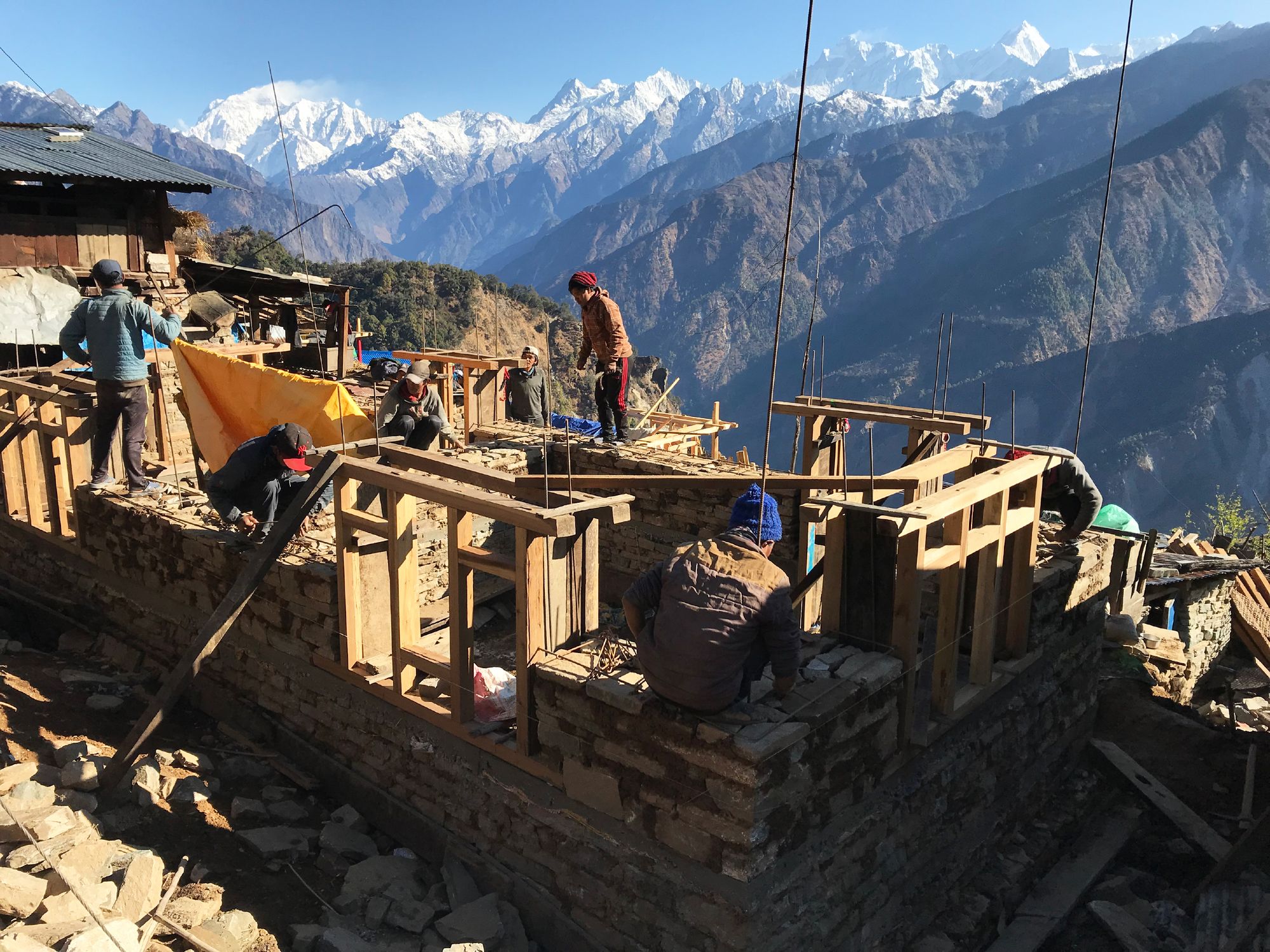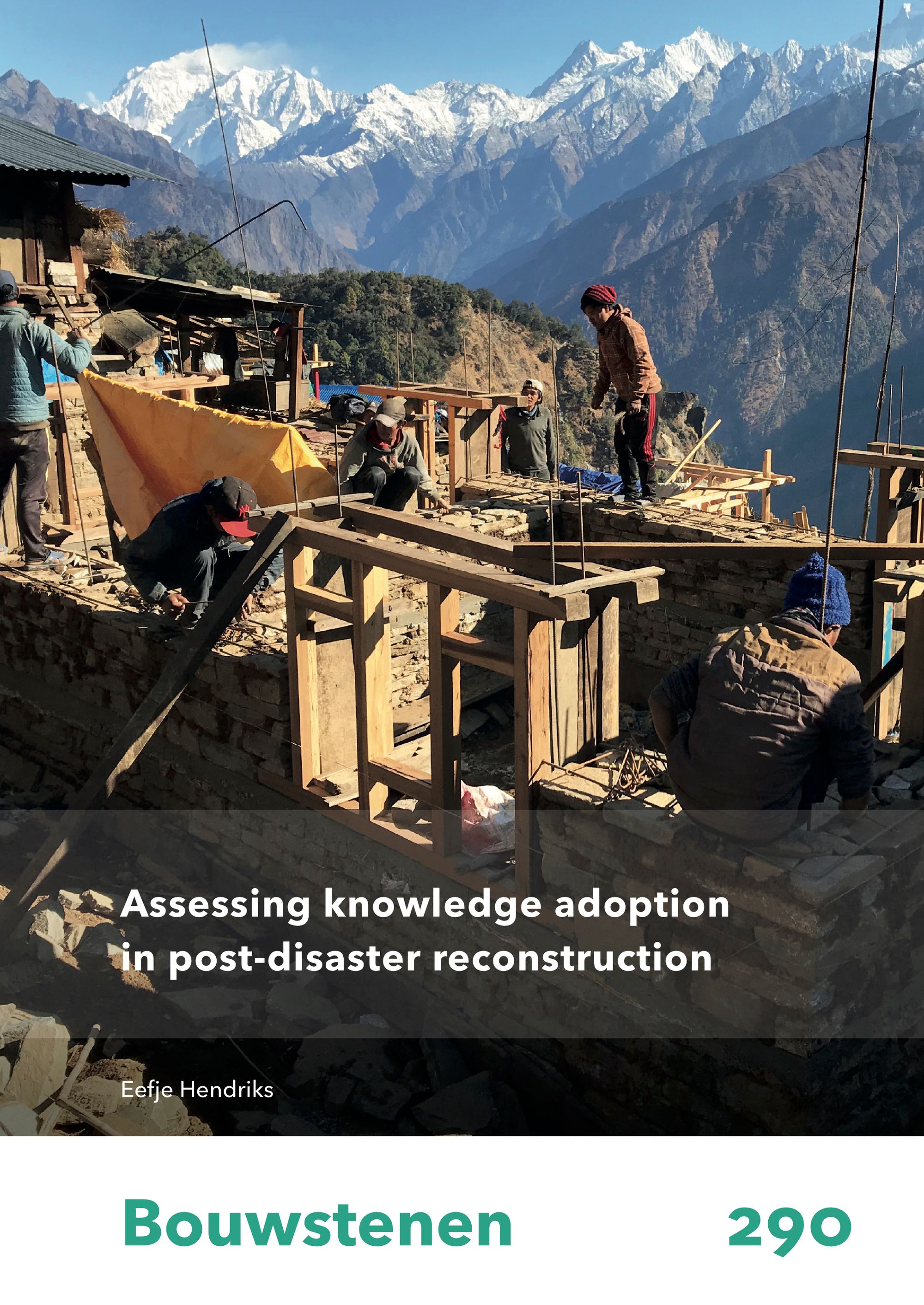Assessing knowledge adoption in post-disaster reconstruction


On the 23rd of September 2020 the thesis will be publicly defended. You can attend online, check out this link. Please download the full book here.
Abstract:
Disasters triggered by natural hazards are disproportionally impacting housing in low-income countries. During the reconstruction, many affected households do not apply construction techniques that protect them from recurring hazards, such as earthquakes or hurricanes.
To reduce safety risks for affected communities, this study aims to understand what influences decision-making in housing reconstruction to develop effective humanitarian assistance. This study adapts adoption theory to compare decision making of self-recovering households with those that do receive humanitarian aid. This is a novel approach in disaster studies.
Images of natural hazards have become a normality in our daily news feeds. This raises the question of how mankind can be protected from the impact of disasters triggered by natural hazards. The impact on housing makes up for a large share of the damage costs and causalities. It is crucial that housing can withstand the forces of nature.
Humanitarian aid agencies share technical knowledge in different ways. Aid agencies lack the resources and mandate to cover the large demand for housing support, leaving the vast majority of post-disaster communities to reconstruct independently. For example, three years after typhoon Haiyan, affected communities in the Philippines showed little typhoon resistant construction knowledge. In fact, the other actors that would be expected to have such knowledge, such as the local carpentry school and governmental agencies, were also lacking such knowledge. Those that were knowledgeable did not feel responsibility to share knowledge.
Another field study in Nepal showed contrary findings. People who did not have technical assistance from humanitarian agencies actually constructed safer housing. These affected communities gained access to technical knowledge mainly through engineers that were appointed by the government. Funding was only supplied when a house was constructed following rather strict earthquake resistant guidelines. Although this seems to be a positive decision; many households were not satisfied with the end result and had plans to make adaptations in the near future. Adaptations can seriously affect the overall earthquake resistance of the reconstructed dwellings.
This study showed that humanitarian technical assistance was not essential to enhance structural safety, but significantly contributed to the understanding of households of what makes a house safer. In the long-term these households are expected to be more successful in creating satisfactory and safe designs. Results reveal both positive and negative impacts of humanitarian involvement on motivations, abilities and opportunities of affected households. To effectively address their different needs, this study recommends a method to develop targeted communication strategies.
Research has showed that people can be grouped based on these perceptions and learn from each other’s differences. The study calls for an exchange of technical knowledge on an academic and local level. Exchange should include means to embed techniques that are comprehensible to and accepted by those affected. She stresses to respect local priorities even if it does not directly lead to safer structures, and to communicate knowledge in alignment with local habits.
